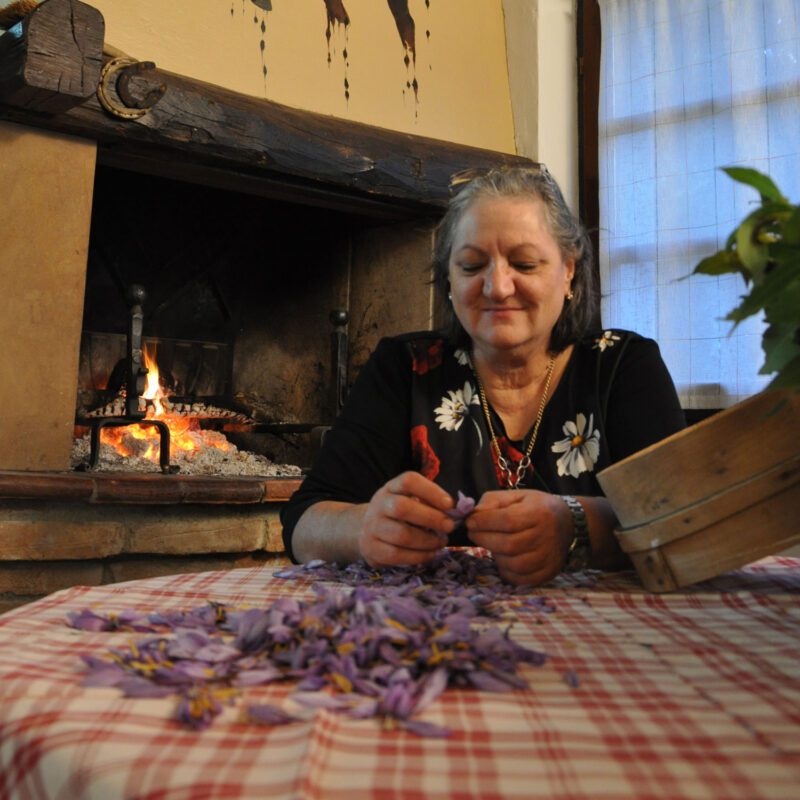Tiziana
Cultivation of saffron has very ancient origins, it dates back to the late middle-age. It is a DOPproduce (Protected Denomination Origin) and it’s grown and dried with natural methods, according to the tradition, which means in proximity of burning coals of fine local wood.






